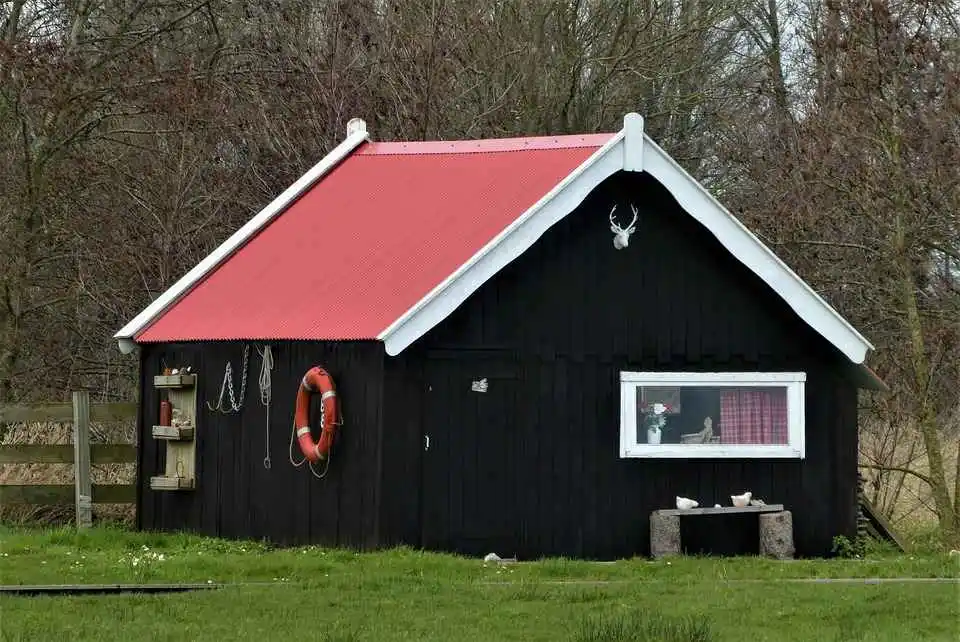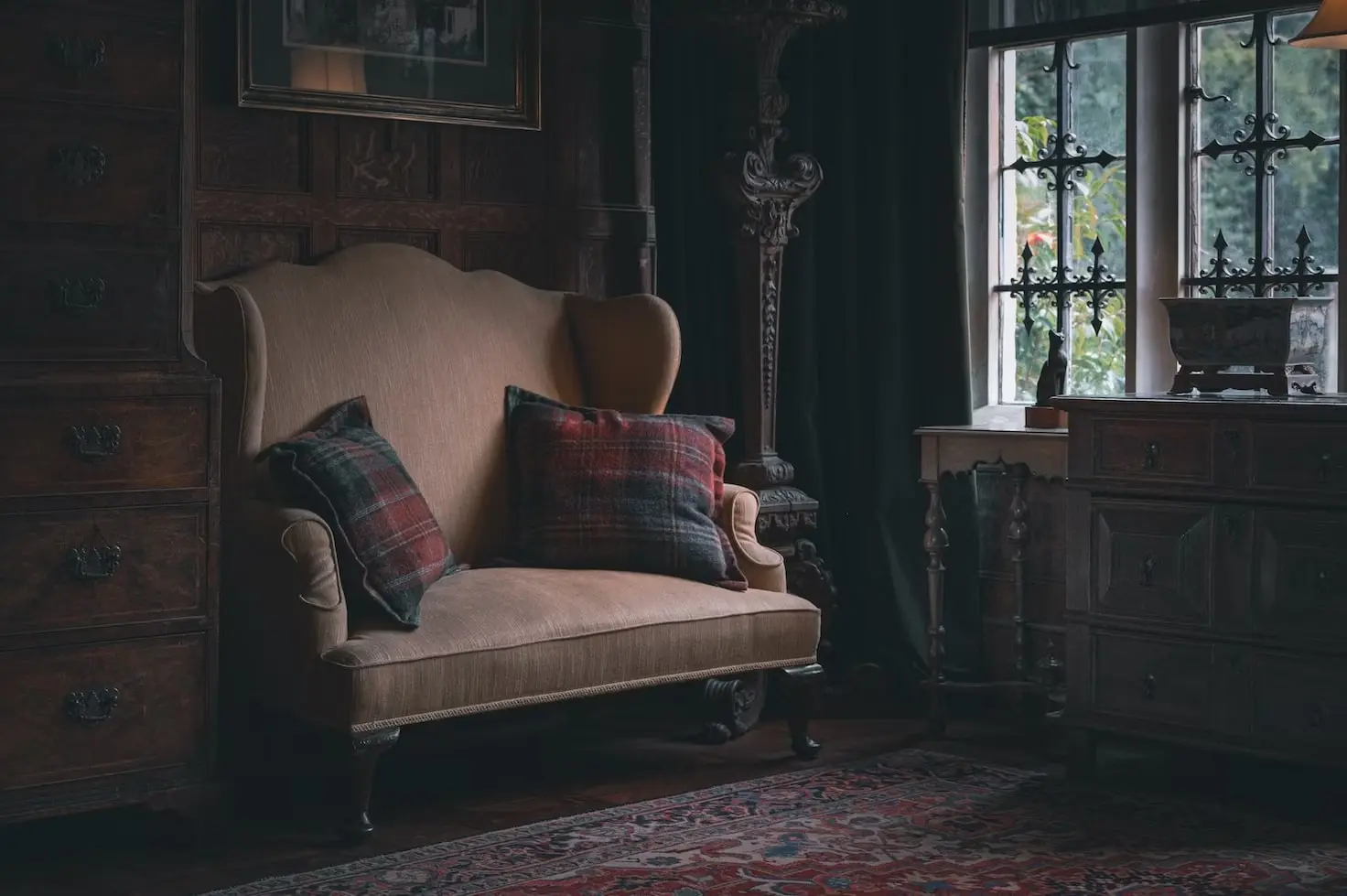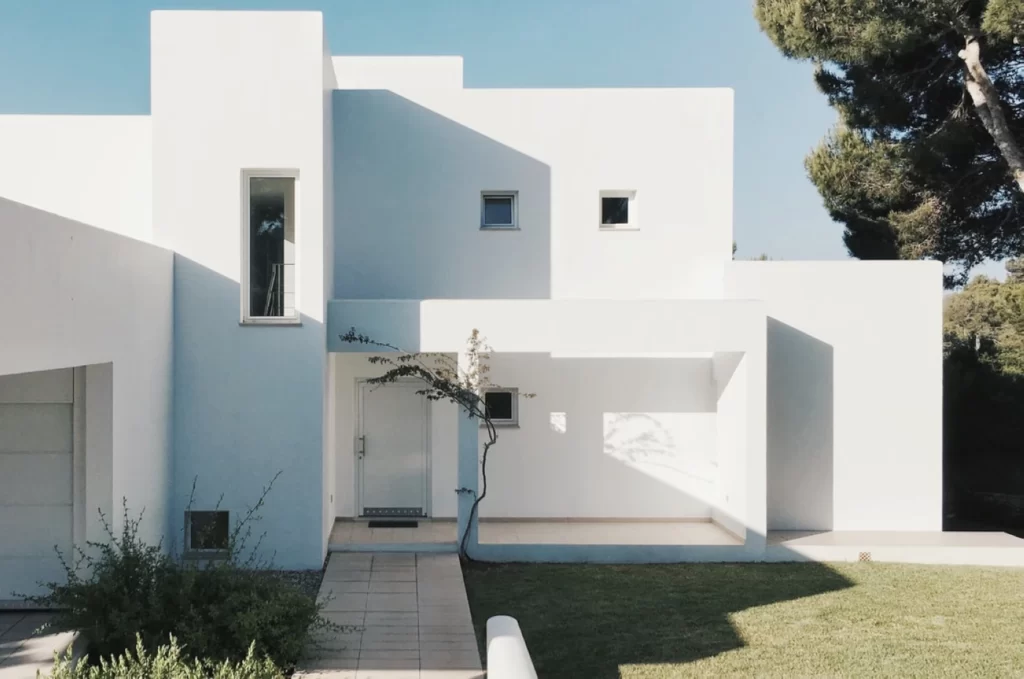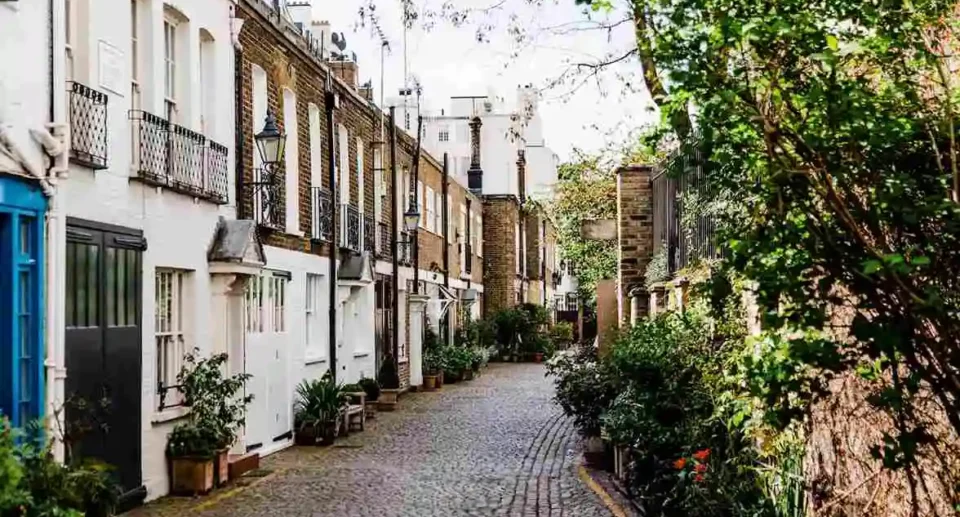
What is a Mews House?
A mews house is a particularly charming type of residence. It has its roots in Britain, more particular in London. Originally these homes were built as horse stables with living quarters located above them. On the ground floor horses and carriages were accommodated while on the floors above there was accommodation for the coachmen or stable workers. Today, mews houses have been transformed into some of the most desirable and picturesque homes in the city offering a blend of history, character and modern living.
The History of Mews Houses
The concept of mews houses dates back to the 17th and 18th centuries when they were found primarily in the most affluent areas of London. There was a basic demand for close stabling by the wealthy for their townhouses. The term “mews” comes from the Royal Mews, which were originally buildings for falconry, where the royal falcons were kept during the mewing, or molting stage. Eventually, these buildings turned into stables and the term became synonymous with small, narrow streets. Mews houses today are high in demand due to their charming history and unique architectural features.
It was during the Victorian era when cities were growing fast and there was a need for more stables that mews houses became popular. The more prosperous the city, the more horses and carriages would be needed to ferry people and goods to, from, and around the city. Yet, by the beginning of the 20th century, horses were starting to be replaced by automobiles. With the latter requiring more space and better regular care than the former, many mews houses were left empty. It was this redundancy that really handed mews houses down to us as prime residential real estate. And with that shift in function came yet another shift: in the kind of urban dweller they attracted, this time artists, creatives and people looking for a unique space to call home.
The Appeal of Mews Houses
Mews houses have become some of the most sought-after properties in London and other cities where historical developments are similar. Here is why they are so appealing:
1. Historical Charm
- Mews houses have this touch and feel of history and tradition which modern buildings are hard to find. Cobbled streets, quaint facades, stable doors, arched windows, and other original architectural details all contribute heavily toward creating this nostalgic atmosphere. And many find it irresistible.
2. Privacy and Tranquility
- For all their central location, mews houses are often surprisingly private and quiet. They tend to sit behind the larger front buildings, with access through narrow lanes, shielding them from the activity on the busier street front. It can be tranquil and ideal for a person who is not interested in city noise.
3. Unique Living Space
- Mews houses differ in layout from regular homes. They generally comprise open plan living spaces, high ceilings, and big windows which fill the interior with natural light. Many have been refurbished, marrying old features with modern conveniences, so you get a house that is one of a kind in reflecting old and new.
4. Location
- Mews houses are very often found in the most enviable spots within a city. In London, that would mean sections of the city such as Notting Hill, Kensington, and Mayfair. These areas are located within close proximity to shops, restaurants, parks, and cultural points of interest: ideal if one is keen to situate themselves right in the heart of the city.
Famous Mews Streets to Explore
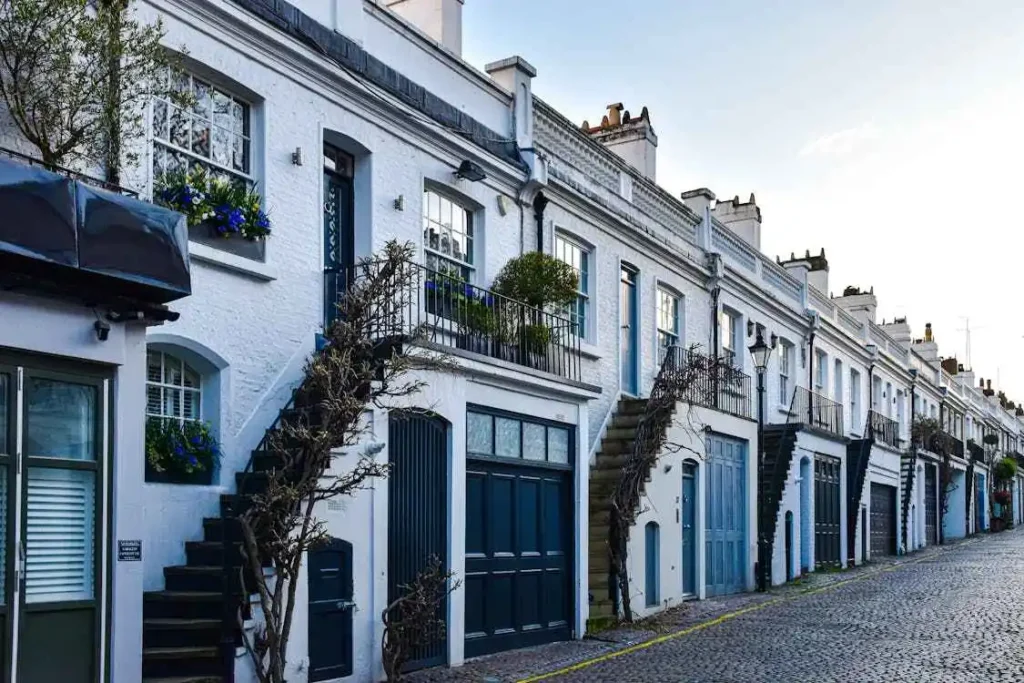
- Kynance Mews, Kensington: A favorite spot for photographers and nature lovers.
- Eaton Mews North, Belgravia: A stunning example of luxury mews living.
- Bathurst Mews, London: Known for its colorful facades and picturesque setting.
Buying a Mews House
If you’re considering purchasing a mews house, there are a few things to keep in mind:
1. Budget
- Mews houses can be expensive, particularly in prime locations. The combination of historical and rustic charm, privacy, and location makes them highly desirable, which is reflected in the price. It’s important to set a realistic budget and be prepared for competition, as these properties are in high demand.
2. Renovations
- While many mews houses have been modernized, some may still require renovation. It’s essential to consider the cost of any necessary updates, particularly if the property is listed, as this can limit the changes you can make. Working with a builder experienced in renovating historic properties can be beneficial.
3. Parking
- Originally built as stables, mews houses often come with integrated garages, which is a rare and valuable feature in central London. However, not all mews houses have parking, so it’s important to check this if you require it. Some mews streets also have restrictions on parking, so be sure to investigate local regulations.
4. Space
- Mews houses are known for their charm, but they can be smaller than modern homes, especially in terms of garden space. If outdoor space is a priority for you, look for a mews house with a terrace or roof garden, or consider whether you’re willing to compromise on space for the sake of location and character.
Living in a Mews House
Living in a mews house offers a unique lifestyle that combines the best of city living with a sense of retreat. Here are some aspects of what you can expect:
1. Community Feel
- Mews streets are often quiet, residential areas with a strong sense of community. Neighbors tend to know each other, and the secluded nature of the streets fosters a friendly atmosphere. This can be a refreshing change from the anonymity of larger streets.
2. Maintenance
- As with any older property, living in a mews house may require regular maintenance. From preserving the original architectural details to ensuring the home is properly insulated, there can be more upkeep involved than with a modern property. However, many homeowners find that the charm and uniqueness of a mews house are well worth the effort.
3. Design Opportunities
- The distinctive layout of mews houses offers plenty of opportunities for creative interior design. Whether you’re a fan of minimalist modern interiors or prefer to embrace the historical features with a vintage style, a mews house can be a perfect canvas for your design vision.
Mews Houses Around the World
While mews houses are most commonly associated with London, similar types of homes can be found in other cities around the world, often in areas with a rich history. For example:
- Paris: In Paris, you’ll find similar houses known as “impasses” or “cités,” which are often tucked away in the city’s older districts.
- New York: Carriage houses in New York City, particularly in Manhattan, share similarities with London’s mews houses. These were originally built to house horses and carriages and have since been converted into stylish residences.
- Dublin: Dublin also has its own version of mews houses, often found in the city’s Georgian neighborhoods. These properties offer a blend of historical charm and modern living.
Final Words
Mews houses are a delightful blend of history, charm, and modern living, making them some of the most coveted properties in cities like London. Their unique layout, privacy, and character set them apart from more conventional homes. Whether you’re considering buying a mews house or simply appreciate their historical significance, these properties offer a unique glimpse into the past while providing a comfortable and stylish living space for the present.
If you’re drawn to the idea of living in a home that tells a story and offers a peaceful retreat in the heart of the city, a mews house might just be the perfect choice for you.
FAQs About Mews Houses
What is the origin of mews houses?
Mews houses were originally built as stables for horses, with living quarters for stable workers. Over time, they were converted into homes.
Are mews houses expensive?
Yes, due to their prime locations and unique charm, mews houses often come with a premium price tag.
Are mews houses good investments?
Their historic value and scarcity make them a solid investment, particularly in urban areas like London.




